This Week’s Prompt: 85. “For has not Nature, too, her grotesques—the rent rock, the distorting lights of evening on lonely roads, the unveiled structure of man in the embryo, or the skeleton?” Pater—Renaissance (da Vinci).
The Resulting Story:Sun and Snake on the Isle
The quote above is from an essay on Leonardo Da Vinci, by Walter Pater—not as I first thought, a saying by da Vinci as pater Renaissance. The essay is partly biographic, detailing da Vinci’s years as an artist and academic—his knowledge of nature that for his time took the form of divination, alchemy, and herbal ism. What caught Lovecraft’s attention in this quote, and what the essay points to, is that da Vinci’s mastery of nature and painting was from his in depth knowledge not only of its beauty but its grotesques—Pater points to a painting of the head of Medusa as exemplifying this. While this painting is not actually a da Vinci, it will give us a place to start in a moment.
We can first begin with some of the descriptions given by Pater of Nature’s grotesques. The rent rock is unfortunately a bit to opaque for me to refer to. The distorting lights of evening on lonely roads, however, are familiar to any student of folklore. Frequently called the Will-o-wisp, these strange lights are attested to in a number of places as leading travelers down roads unfamiliar or even to their deaths. Strange fireballs at night are also often taken as signs of witchcraft or devilry, as we discussed in our works on those topics. That such alluring sights are taken as grotesque is strange for me, but I suspect Pater is thinking of the bodies and broken corpses they leave more than the lights themselves.
This link with witches, however, brings us back to Medusa and the Gorgons. While not the exact portion of the essay quoted, the portrayal of the Gorgon as both the beauty and horror of nature isn’t without precedent as we will see. The serpentine women of the world are a varied group, and we can see traces of them in many places. And in many of them, they are beautiful and terrible.
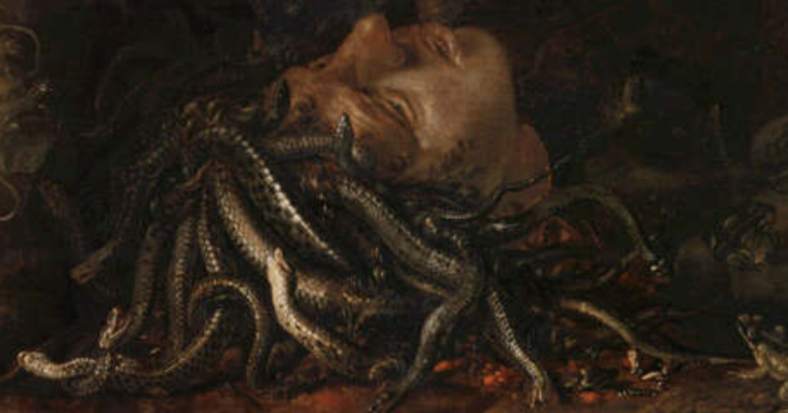
Pater attributes this piece depicting Medusa to Leonardo–current research believes it to be a Flemish painting.
Beginning with the Gorgon sisters—Medusa, Stheno, Euryale—we have a group of three terrible monsters, with gazes that turn men to stone. Each is described as having serpents for hair, bronze claws, and cause terror among men. Early variations give them instead wings, boars tusks, and long tongues, with serpents for belts. The nature of these gorgons is varied. Hesiod says they are of the sea, with Medusa as their Queen. Homer attributes Athena and Agamenon as having the head of ‘the Gorgon’ on their shields, flanked by terror. Eurpidies says they were brought forth by Gaia to aid against the Olympians, and Athena killed this Gorgon and placed her on her shield. Another version says the gorgon, Gorgo Aix, was killed by Zeus in the titanomachy, skinned, and put on a shield (here her skin has snake like features). Both the Odyssey and the Aenied note the Gorgon’s are present beneath the world.
And then there is the story of Perseus and Medusa—a story I’ve taken time coming to, because the various forms the Gorgon and her sisters have taken often gets overshadowed by this tale. The story is most famously recounted by Ovid. Medusa, the lone mortal Gorgon and their Queen in some sources, was once a beautiful woman with many suitors. In time, she attracted the attention of Poseidon, who raped her in Athena’s temple. Athena, enraged by the transgression, turned Medusa’s most famed trait—her golden hair—into serpents as punishment. Medusa’s power here it should be noted is from her fearsome appearance—it is not from her mere gaze.
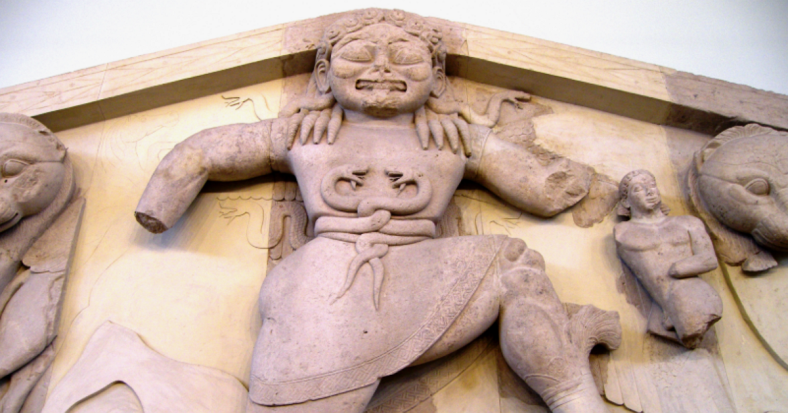
Perseus enters the story, and we have discussed him before I believe, when a king sends him to kill Medusa in order to marry his mother without worry. Perseus receives various gifts before finding Medusa, and uses a mirrored shield to reach her and slay her—cutting off her head. Yes, a rather anti-climatic ending, but most quests that involve killing large reptiles end with either dead heroes or crafty ones. Medusa’s blood, like a number of monster’s blood, spills into the sea and creates Perseus and his less well known brother.
Medusa’s fate, as a victim of powers at be—ultimately of many powers at be, as not only is her transformation because of a patriarchial standard, but her death is ultimately because of another man trying to pursue an uninterested woman—has resulted in more sympathetic treatment of her as a character in later years. I do not feel qualified to discuss the full scope of feminist readings of the Medusa story, but they are many and worth consideration at the least. At least one scholar has suggested this is not a new reading—that Medusa was granted her powers and apperance to defend against the gods. While I haven’t included all of the analysis by Wilk here, some poritons are worth considering in the broader scope of folklore—for instance, in Ovid and other versions of Persesus, he is given an inordinate number of gifts, which might reflect a combining stories where only one gift was given.
One more note on the Gorgon that I found peculiar was it’s use as a repellent for the evil eye—yes, the one we discussed early that seemed to be exactly what Medusa possessed. The use of the Gorgon’s head on an image was said to keep it at bay, the opposite of what I expected. There is then even in the ancient context a duality to the character of the Gorgon.
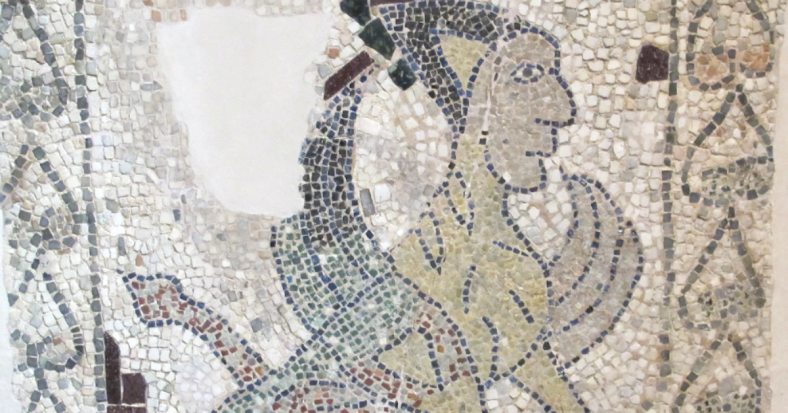
Especially as we go further down the line of serpentine women. The term Lamia is one I hesitate to suggest searching—it is a name that has become associated with any woman with the bottom half of a serpent. Lamia originally was a lover of Zeus who was, as per the norm in Greek myth, cursed by Hera. The nature of the curse is varied—sometimes Hera kills her children, sometimes Hera afflcits her with infantcidal maddness, as she did to Hercules. In at least one case, Lamia is cursed with sleeplessness by Hera, so she can never cease her grieving. Zeus, taking a rather strange route, blesses her with removable eyeballs so she can sleep somewhat. After this introduction, Lamia becomes a child devouring boogeyman. Over time, Lamia gained serpent like attributes and even a snake like lower body. She has also gained a reputation for vampiric traits, and in the first century AD a seducing side. With her, there is also the boogeyman Mormo—a creature defined only as terrifying, sadly.
Moving to more northern regions of Europe, we find the medieval Melusina. The stories here vary somewhat. Melusina is a watery spirit—she is associated with fountains and springs. In the most elaborate stories, she is the daughter of a fairy and a king. The fairy forbid the king to look upon her on certain days—and when the king failed in this task, she left with her three daughters. Melusina, the eldest daughter, asked the cause of the divorce, and with her sisters planned revenge against their father for his disloyalty. In at least one version,they employ their fairy magic to trap him under a mountain! Regardless, their mother does not approve of the schemes, and curses Melusina to die if she cannot find a man loyal to her in the way her father wasn’t. Every Saturday she will become a serpent—if her husband sees her as such, she will perish.
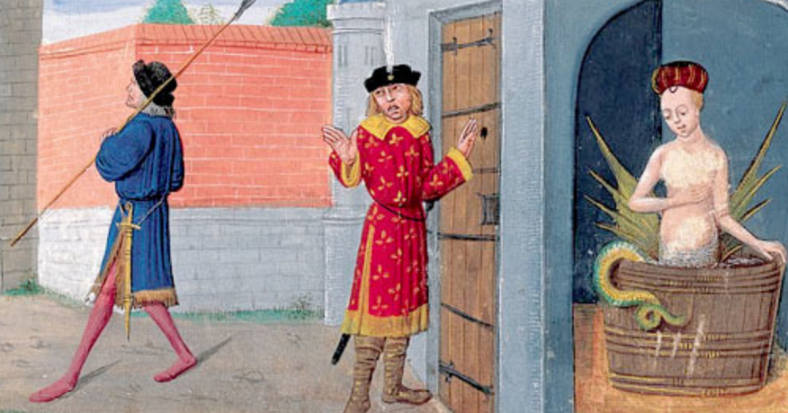
Melusina, with some time, finds such a husband that will be loyal to her. Often, this is Count Raymond, who sires with her many children. However, because of her wickedness these children are often deformed. In time, the Count does as all husbands of fairies do, and spies on his wife. She cries out upon being seen and perishes—her faerie nature remaining around a nearby fountain.
In an important variant, Melusina marries Count Siegfried and has seven children with him. Here she maintains the Saturday prohibition—however, Melusina has been seen since in Luxembourg and is regarded as the mother of the city in some ways. She appears every seven years as a woman in white, asking to be redeemed. One traveler tried to redeem her, standing at midnight behind the church altar for eight of nine prescribed days. Had he completed the task, a nearby Roman ruin would have been restored! But alas, he failed to arrive on the ninth day.
Melusina still loves Luxembourg however—she weeps when it is in danger, circling overhead. If she is not redeemed, the city will collapse and be her grave stone.
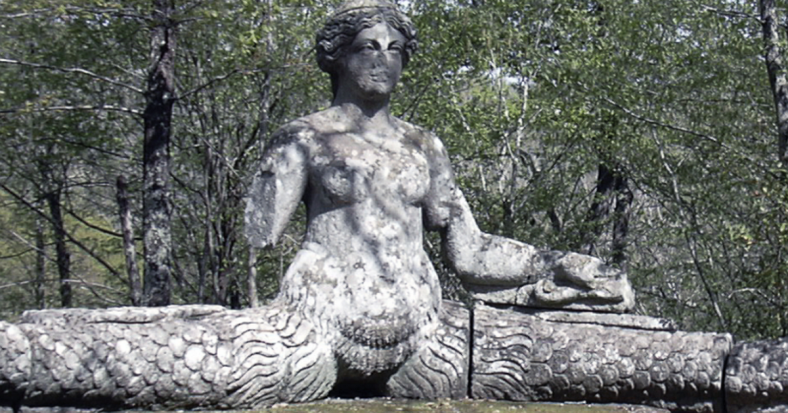
To finish our European serpent woman—but not finish all serpent women!–we can consider the form of Echidna. Here we find the most direct connection at the implications of nature featuring both grotesques and beauties, for Echidna is a beauty that is attractive to men far and near. She is at times described as immortal and deathless. Hesiod describes her as appearing partially beautiful nymph, partially terrible dragon. She was wife to Typhon the terrible, a monster that we discussed long ago—and should one day dredge up again—and bore a number of children by him. Aristophanes gives her as many heads as Typhon had—one hundred snake heads. Her children are many, almost as many as Tiamat: Orthus, the two headed dog; Cerberus the three headed hell hound; the Hydra, the many head snake; the Nemean Lion, invincible to moral weapons; the Caucasian Eagle, who tears out Prometheus’s liver; the Sphinx of Thebes, who only Theseus could outsmart; Ladon, the dragon who guarded the Herespedies; the harpies; a nameless venom spitting son who aided Cronus against Zeus; Scylla, who consumes the waves; the Gorgon, who we’ve discussed above; the Crommyion Sow, also slain by Theseus. In Scythia, according to Herodotus, there was a story of a similar half-snake woman that was the mother of the Scythians, with Heracles as the father.
The notion of snake like heads reminds me of an Aztec goddess—Coatlicue, the earth mother and serpent woman. Associated with both birth and death—the earth as fertile, and the earth as grave—Coatlicue is the mother of the sun god Huitzilopochtli and sometimes Quetzalcouatl, as well as the Moon goddess Coyolxāuhqui and the star gods Centzonhuītznāhua, who tried to slay the sun. She also has assoications with the god of women who died in childbirth, the Serpent Woman Cihuacóatl. While sometimes a young woman, the serpent woman often was depicted as a skull faced woman with a shield and weapon—among the Aztecs, childbirth was another form of war. With her attendants, woman who died in childbirth, she sometimes haunted cross roads looking for other children to make off with.
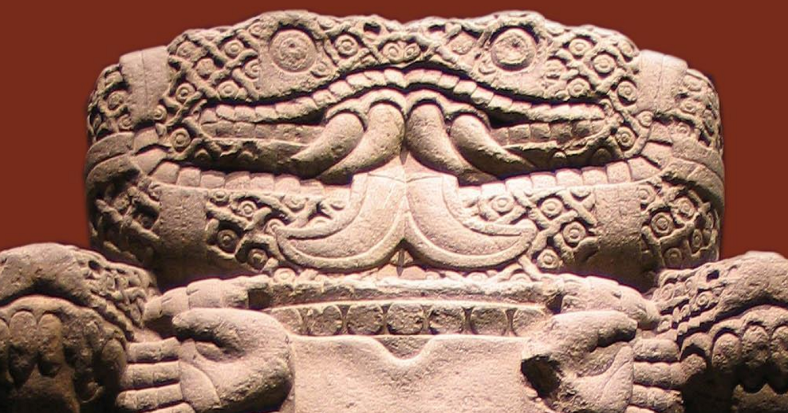
On the opposite end of these creatures, we have Nuwa—who almost resembles a cosmic Melusina. Nuwa appears or is depicted as a woman with a dragon’s coils as her lower body. During a time of chaos, in the aftermath of the destruction of the central pillar by giant headbutt, Nuwa set about re-ordering the world. She set about placing five elements and sapphires in the sky. She set four pillars made from a tortoise to hold it in place. In some accounts, she further made humanity out of yellow clay and ropes—her husband was the first of humanity, and invented arts of hunting, fishing, and farming. Nuwa enjoys popularity still, and sometimes acts as the arranger of marriages.
These various women show a common dichotomy—excluding perhaps Nuwa, they are both mothers and dangers. While there is a temptation to write this off as succubi—the fear of women’s sexuality, woman being a wicked tempter—it falls short in some stories. The Melusina is ultimately a victim, more so than her close cousin Medusa almost (depending on the version). Echinda to the Scythians is simply a mother of a people, as strong as she is. It reminds me, coming back to our very beginning, of the various dichotomies used to present and describe nature.
What sort of story can we make of these? I am tempted to avoid a literal serpent woman. However, the notion of appreciation for beauty coming only with understanding of natures horrors has some precedent in Lovecraft’s fiction (most tellingly, the work of Pickman). I think something about that, something with an artist and a muse perhaps, can be made. We will have to come around to it next week! I will see you then.
Bibliography:
Wilk, Stephen R. Medusa: Solving the Mystery of the Gorgon. Oxford University Press, 2000.
If you’d like to support the Society, receive more stories or research, or are feeling generous, please check out our Patreon here.

2 thoughts on “She’s a Viper”